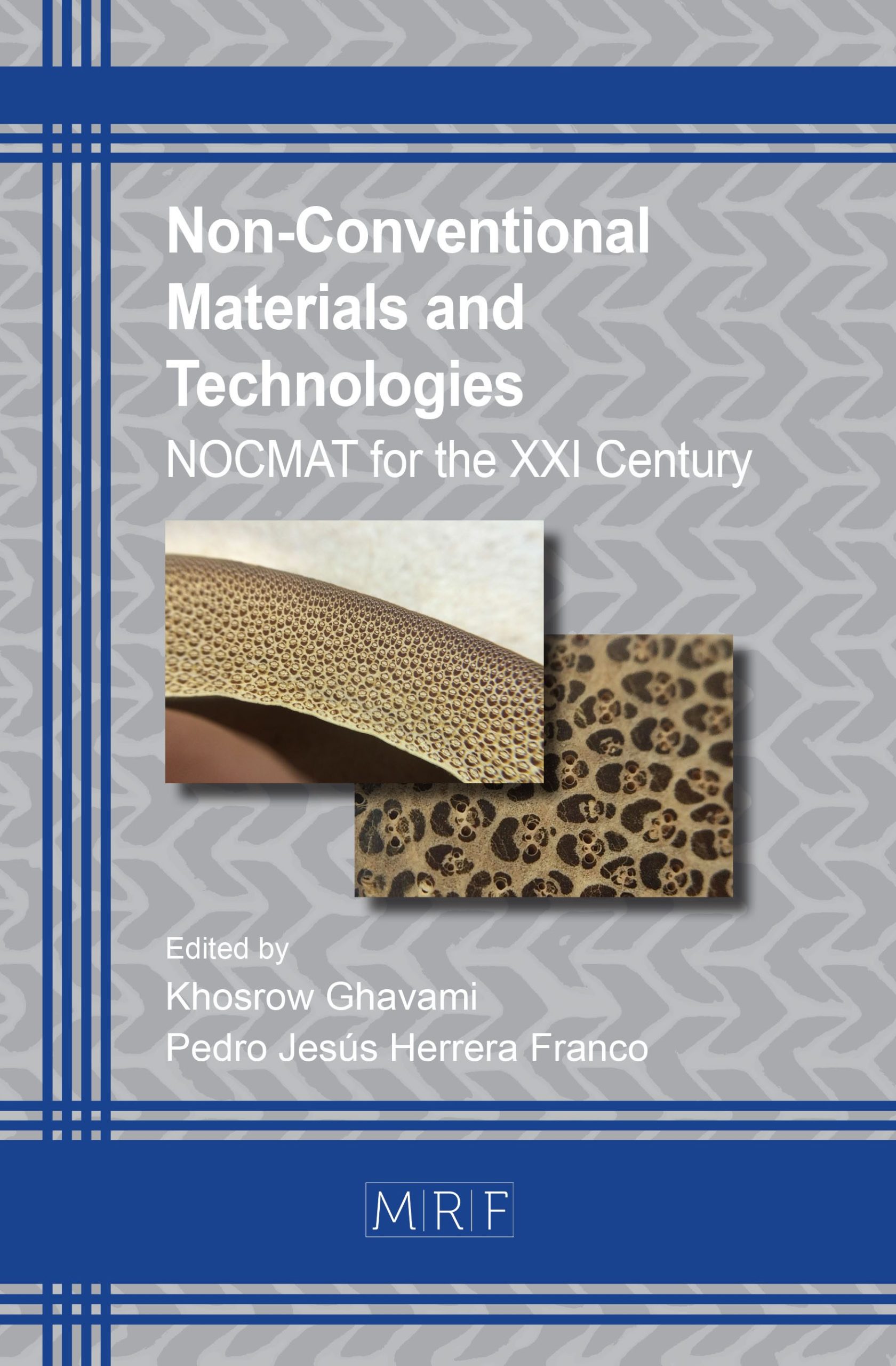Non-Conventional Materials in Civil Construction: A Case Study in Curvelo – Mg
M.C.R. Carvalho, A.C. Estevão, P.B. Fialho, L. Alves, L.E.C. Cordeiro, E.P. Cardoso, T.A. Figueiredo
Abstract. The search for a sustainable civil construction encourages research on the use of alternative products, which are a result of renewable materials and industrial and domestic waste, known as non-conventional materials (NOCMAT). This paper shows a research in progress in Centro Federal de Educação Tecnológica de Minas Gerais (CEFET-MG), whose objectives are to check the use of NOCMAT in existing constructions in Curvelo/Brazil, and to analyze difficulties found using NOCMAT more frequently. Lastly, this research intends to divulge knowledge about NOCMAT among constructors, students and teachers of courses offered by CEFET-MG. The following materials were selected for this research: PET bottles, bamboo, soil and low environmental impact cementitious materials. The first step of the methodology is the theoretical research about the materials. The second step is to identify constructors in the city and carry out interviews to verify how much these materials are used and the difficulties in adopting them. The third step will be to catalog, organize and illustrate the research in the format of a digital booklet. The fourth step will be the digital booklet distribution for the academic community and constructors in the city. In addition, an online research will be done to identify aspects which could be improved. The last step will be a final revision of the digital booklet and its distribution. The digital booklet will allow easy access to the results of the research, which might encourage the use of NOCMAT in a greater scale in the city of Curvelo.
Keywords
PET Bottles, Bamboo, Soil Construction, Cementitious Materials, Booklet
Published online , 6 pages
Copyright © 2018 by the author(s)
Published under license by Materials Research Forum LLC., Millersville PA, USA
Citation: M.C.R. Carvalho, A.C. Estevão, P.B. Fialho, L. Alves, L.E.C. Cordeiro, E.P. Cardoso, T.A. Figueiredo, ‘Non-Conventional Materials in Civil Construction: A Case Study in Curvelo – Mg’, Materials Research Proceedings, Vol. 7, pp 750-755, 2018
DOI: http://dx.doi.org/10.21741/9781945291838-73
The article was published as article 73 of the book Non-Conventional Materials and Technologies
References
[1] BERGE, B. The Ecology of Building Materials, 2° Edition, Architectural Presse, ISBN 978-1-85617-537-1, Elsevier Science, 2009. https://doi.org/10.4324/9780080949741
[2] BRASIL. ASSOCIAÇÃO BRASILEIRA DE MATERIAIS NÃO CONVENCIONAIS. International Conference on Non-conventional Materials and Technologies. 2013. Disponível em:
[3] B, T. M. Materiais não convencionais na construção civil: presente, passado e futuro no processo de conhecimento dos assentados de Mogi Mirim-SP. p.181, 2011. Dissertação de Mestrado – Universidade Estadual de Campinas, Faculdade de Engenharia Agrícola, São Paulo. 2011.
[4] CARBONARI, Gilberto et al. BAMBU – O AÇO VEGETAL. Mix Sustentável, [s.l.], v. 3, n. 25, p.17-25, jan. 2017.
[5] GHAVAMI, Khosrow. Materiais e Tecnologias não Convencionais para o Século XXI. Rio de Janeiro: Puc Rio, 2014.
[6] PROVENZANO, Thaís Lohmann. Desenvolvimento de sistema construtivo em painéis pré-fabricados de argamassa e garrafas plásticas para habitação de interesse social. 2016. 170 f. Dissertação (Mestrado) – Curso de Arquitetura, Ufsc, Florianópolis, 2006.
[7] SANTOS, Igor Almeida de et al. Reciclagem de garrafas pet para fabricação de telhas. Cadernos de Graduação: Ciências Exatas e Tecnológicas, Sergipe, v. 1, n. 17, p.83-90, out. 2013.
[8] SAVASTANO JUNIOR, Holmer; PIMENTEL, Lia Lorena. Viabilidade do aproveitamento de resíduos de fibras vegetais para fins de obtenção de material de construção. Revista Brasileira de Engenharia Agrícola e Ambiental, [s.l.], v. 4, n. 1, p.103-110, abr. 2000. FapUNIFESP (SciELO). http://dx.doi.org/10.1590/s1415-43662000000100019. Disponível em:
[9] SPADOTTO, Aryaneet al. Impactos ambientais causados pela construção civil. Joaçaba: Unoesc, 2011. Disponível em:
[10] I CONFERÊNCIA LATINO-AMERICANA DE CONSTRUÇÃO SUSTENTÁVEL X ENCONTRO NACIONAL DE TECNOLOGIA DO AMBIENTE CONSTRUÍDO, 1., 2004, São Paulo. Bambu: alternativa construtiva de baixo impacto ambiental. São Paulo: I Conferência Latino-americana de Construção Sustentável X Encontro Nacional de Tecnologia do Ambiente Construído, 2004. 12 p.































